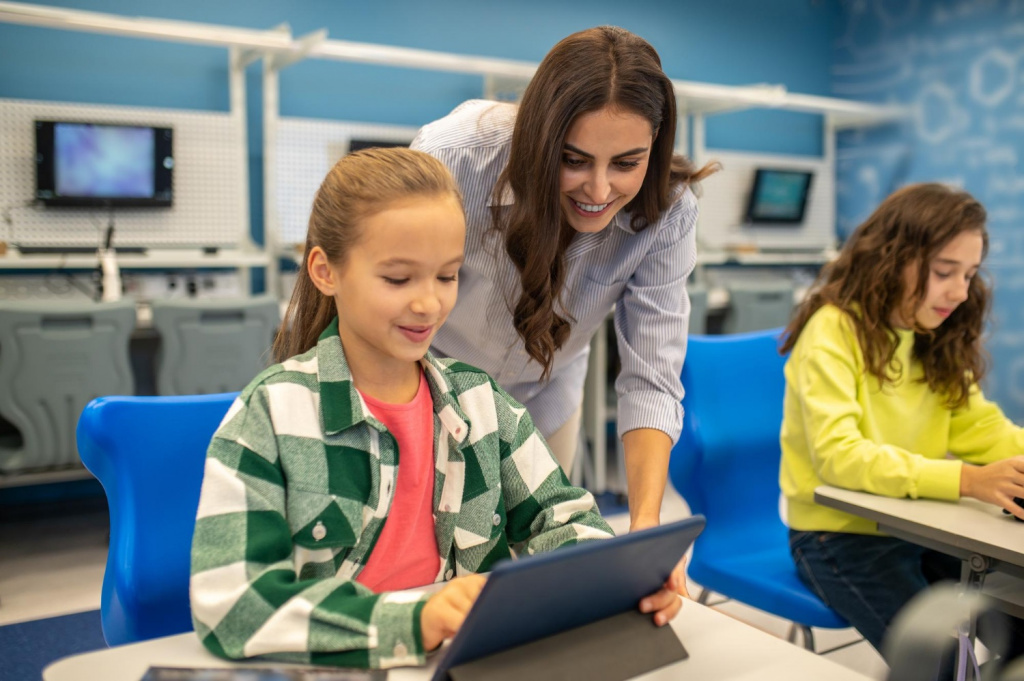
There are so many digital tools out there, and the boom in AI over the last couple of years has meant teachers have an overwhelming number of resources to choose from. Many of these tools have huge potential to enhance learning for students and to help them develop key digital skills and literacies.
However, assessing these tools and finding the most effective ones is a time-consuming process for busy teachers. So how can schools ensure that staff are upskilled in using digital tools and give students the opportunity to become confident, creative and critical users of technology?
The role of a digital coach
While I lived in New York for two years I met several digital and EdTech coaches, which made me question why we have so little focus on the coaching side of tech integration in the UK. There are, at most, a handful of digital coaches in British schools.
It’s much more common for schools here to employ a Head of Digital Learning, which usually has a lot of administration involved, doing time-consuming tasks like organising student devices and resources and logins alongside teacher training. I’ve done similar jobs myself in schools, and they were hugely rewarding. But it was often tricky to find time to do the most important part of the role – being in the classroom with teachers to team teach and support them.
I’ve worked as Digital Coach at Halcyon for two years, supporting students and staff in using digital tools to make learning engaging, authentic and creative. We’ve had 1:1 devices since the school opened its doors ten years ago, so staff and students already believe in the impact that technology can have. It’s my job to work alongside them to find the most effective and impactful tools. As soon as I started at Halcyon, I was given a full week of cognitive coaching training, which all teachers are given and is central to Halcyon’s culture.